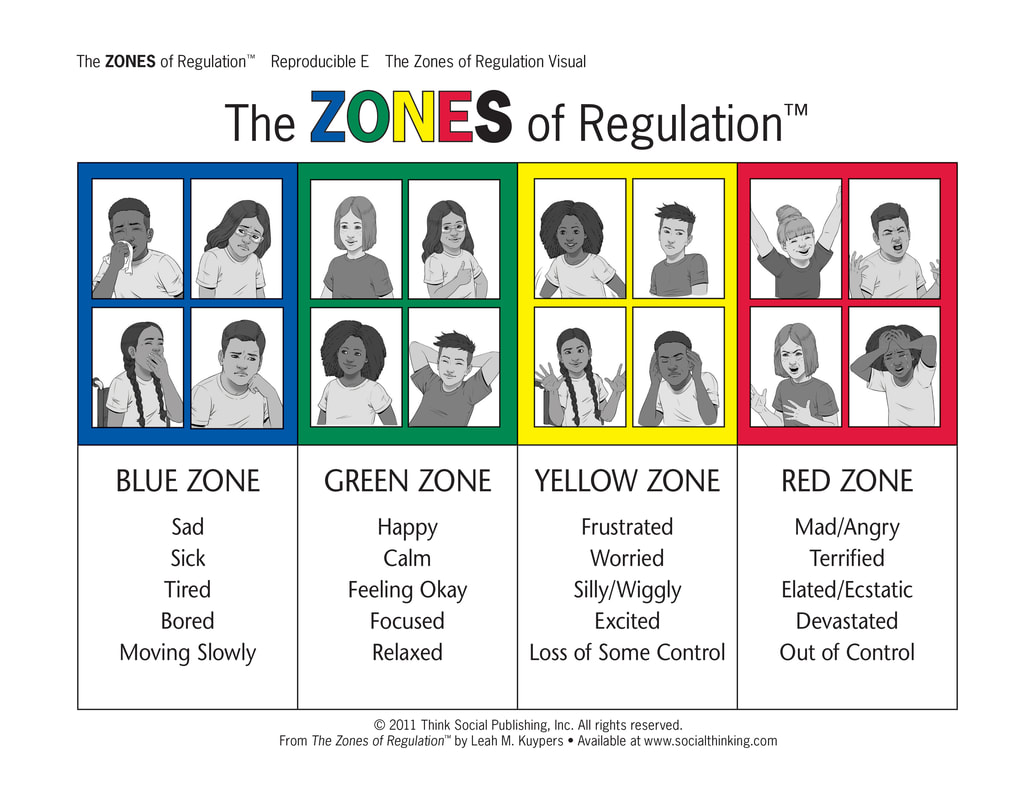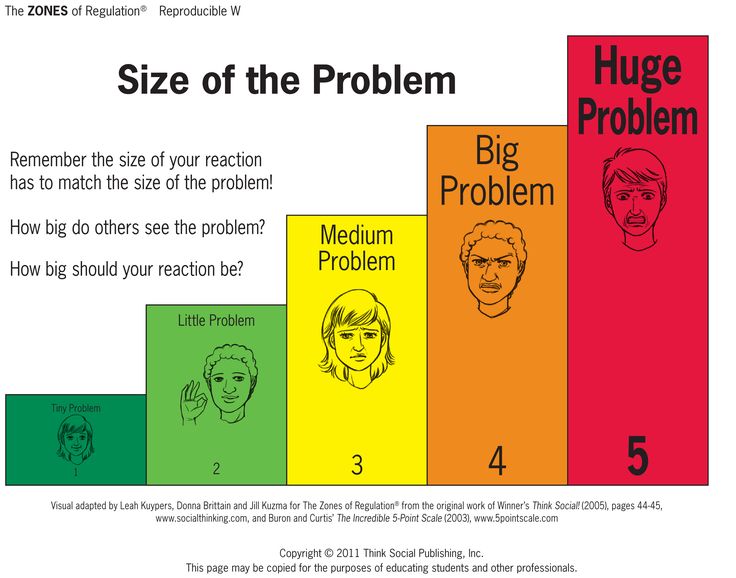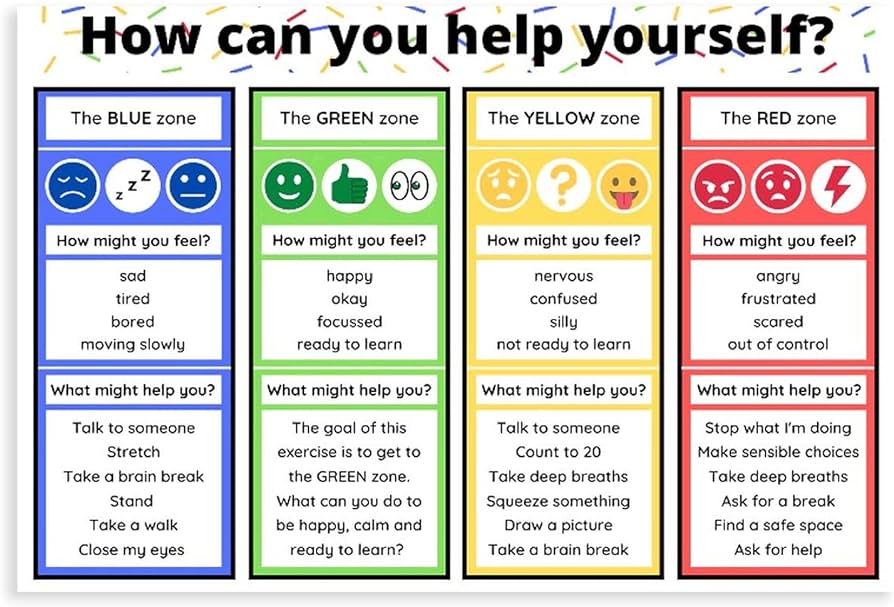Zones of Regulation at Cromer Road Primary
At Cromer Road PrimarySchool, self-regulation is something everyone continually works on whether or not we are aware of it. We all encounter trying circumstances that test our limits from time to time. If we can recognise when we are becoming less regulated, we are more able to do something about it to manage our feelings and get ourselves to a healthy place. This comes naturally for some, but for some pupils, it is a skill that needs to be taught and practiced. This is the goal of The Zones of Regulation (or Zones for short).
What are the Zones?
These are based upon the work of Leah M Kuypers and link well to the idea of Growth Mindset and the work of Carol Dweck. The Zones are a systematic, cognitive behavioural approach used to teach self-regulation by categorising all the different ways we feel, and states of alertness we experience, into four concrete coloured zones. The Zones framework provides strategies to teach students to become more aware of and independent in controlling their emotions and impulses, manage their sensory needs, and improve their ability to problem-solve conflicts. By addressing underlying deficits in emotional and sensory regulation, executive functioning, and social cognition, the framework is designed to help move students toward independent regulation. The Zones of Regulation incorporates Social Thinking® (www.socialthinking.com) concepts and numerous visuals to teach students to identify their feelings/level of alertness, understand how their behaviour impacts those around them, and learn what tools they can use to manage their feelings and states.

|
Red Zone |
The Red Zone is used to describe extremely heightened states of alertness and intense emotions. A person may be elated or experiencing anger, rage, explosive behaviour, devastation, or terror when in the Red Zone.
|
Yellow Zone |
The Yellow Zone is also used to describe a heightened state of alertness and elevated emotions, however, one has more control when they are in the Yellow Zone. A person may be experiencing stress, frustration, anxiety, excitement, silliness, the wiggles, or nervousness when in the Yellow Zone.
|
Green Zone |
The Green Zone is used to describe a calm state of alertness. A person may be described as happy, focused, content, or ready to learn when in the Green Zone. This is the zone where optimal learning occurs.
|
Blue Zone |
The Blue Zone is used to describe low states of alertness and down feelings such as when one feels sad, tired, sick, or bored.
The size of the problem poster really helps pupils to quantify how big their reaction or emotion is in relation to the size of the problem. Over time, this can support pupils who are dysregulated.

Class teachers carry out regular check-ins with the pupils to help build resilience.









